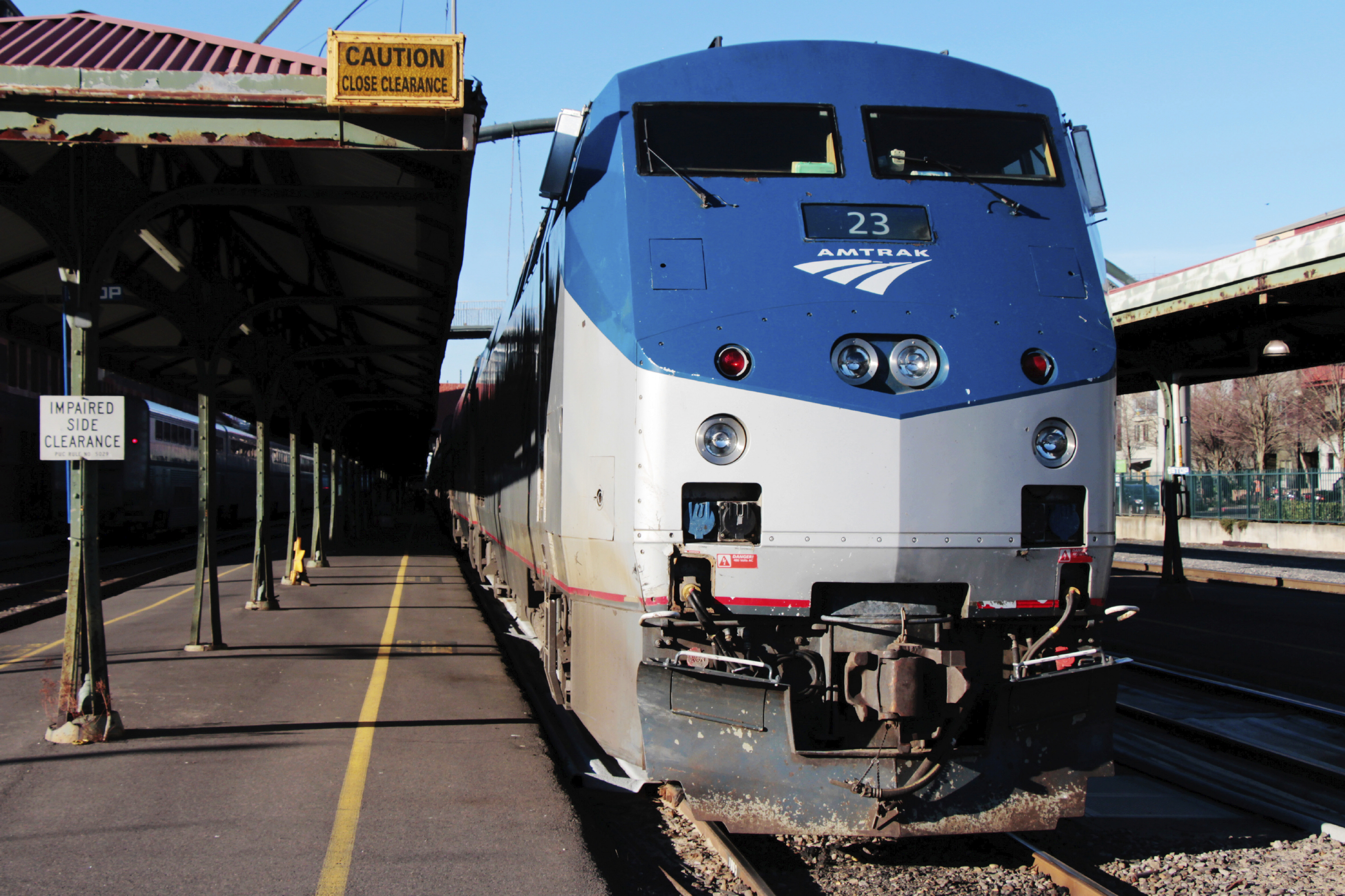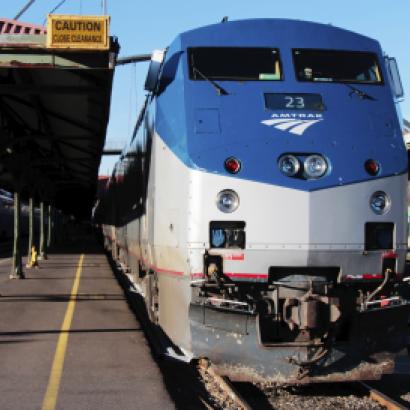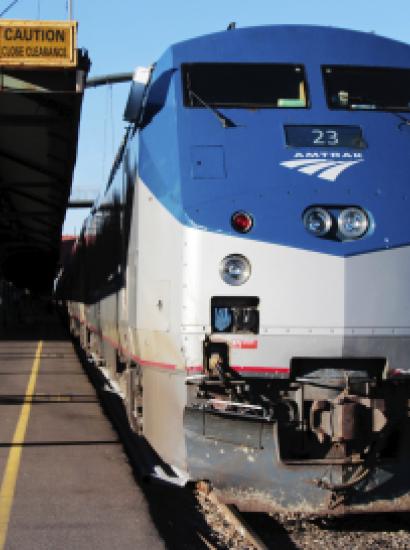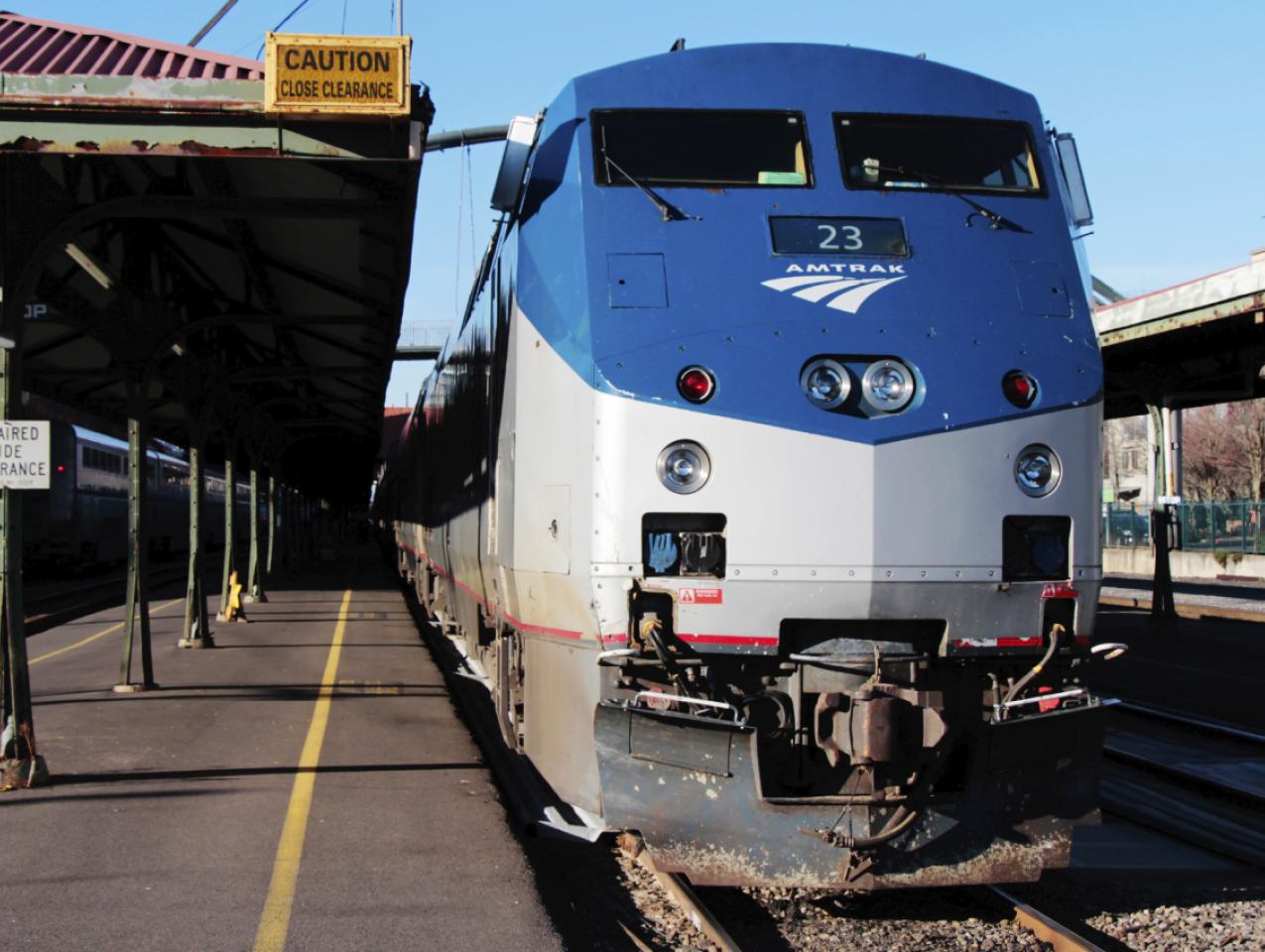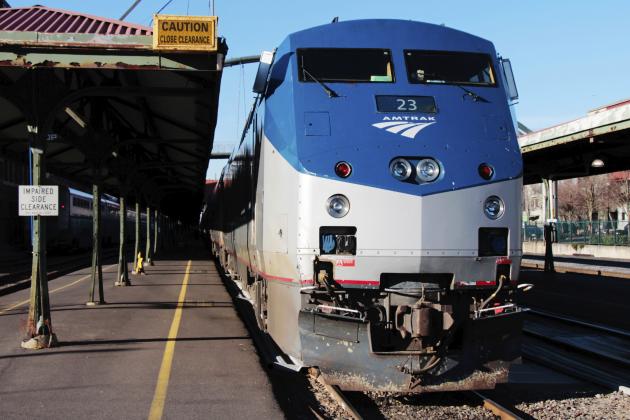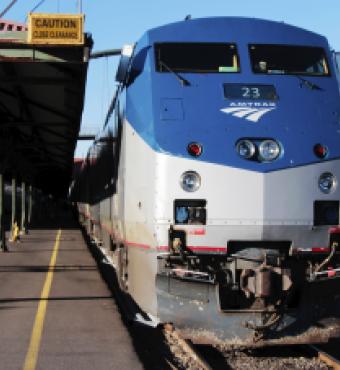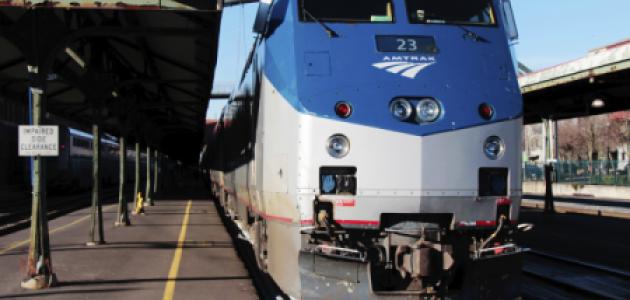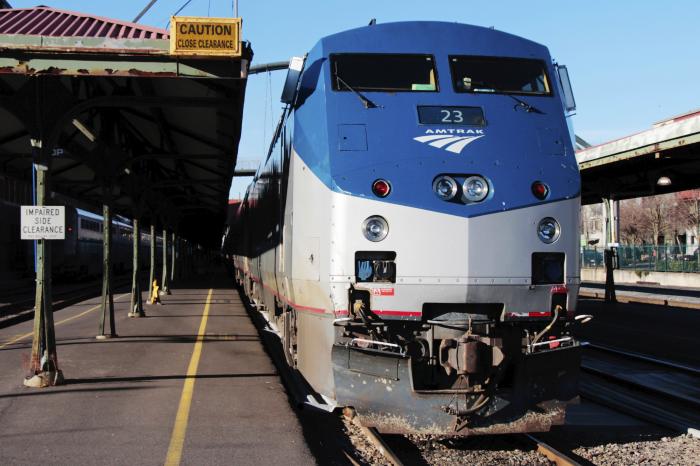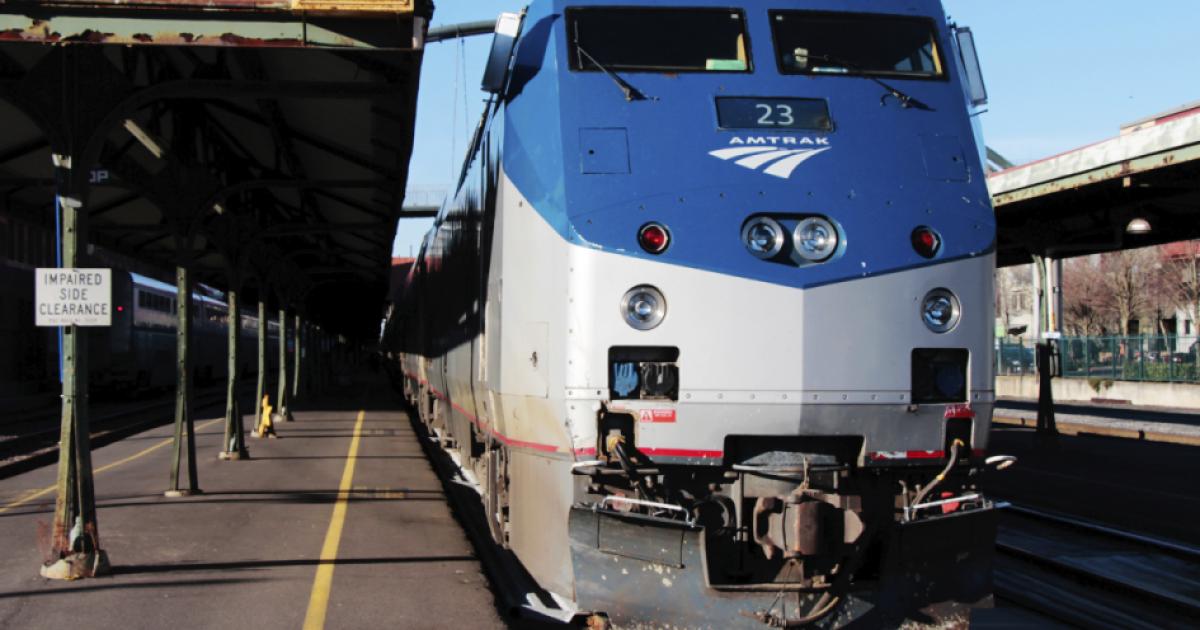- Economics
- Politics, Institutions, and Public Opinion
The big news in Sacramento last week was California governor Gavin Newsom’s driving a stake through the heart of the Golden State’s troubled high-speed rail project.
Well, not exactly . . .
Newsom told state lawmakers that “there simply isn’t a path” for completing a San Francisco–to–Los Angeles rail line. But after the media ran with the narrative of Newsom derailing the imaginative rail plan, the governor and his aides insisted that wasn’t the case and promptly went into fix-it mode—blaming President Trump and jumpy journalists for getting the story wrong.
Newsom should be chastised for his confusing rhetoric. But he also knew what he was doing. Between his skeptical take on rail and his scaled-down vision of a north-south water tunnel, the new governor made it very clear, in his first star turn before state lawmakers, that he’s different from his predecessor.
Such will be the narrative for the rest of 2019: Gavin Newsom doing things that Jerry Brown would not do—and did not do—over the past eight years.
Example: twice during Brown’s more recent stint as governor (he also served from 1975 until 1983), Democratic lawmakers asked him to sign legislation banning gun and ammo sales at the state-owned Cow Palace in Daly City (the exhibition hall, which sits on the outskirts of San Francisco, hosts five gun shows a year).
Both times, Brown vetoed those bills. Newsom supported the ban when he was San Francisco’s mayor. Odds are that he will sign a measure similar to the ones Brown nixed—in the process signing a death warrant for the 68-acre property in development-hungry San Francisco.
A second example: Brown last year vetoed a bill that would have allowed San Francisco to open a first-in-the-nation supervised drug injection site. His rationale: “Enabling illegal and destructive drug use will never work.”
Newson has said he’s open to the idea of an injection site. He’ll likely have a chance to make good on that later this year. (If so, California once again is on a collision course with Washington—this time over the Trump Justice Department’s view that local officials who maintain locations for illegal drug use are committing federal felonies.)
How much further to the left could Newsom drift as he distances himself from past Jerry Brown positions?
Try all the way to Statuary Hall, in the US Capitol.
In 2015, California state legislators approved a measure that would have replaced the statue of Saint Junípero Serra in the US Capitol (he’s stood there since 1931) with one of astronaut Sally Ride, the first American woman in space.
Depending on one’s level of political correctness, Serra is either a dedicated Franciscan friar who launched California’s chain of missions in the second half of the 18th century or he’s a brutal colonist who tried to erase a native culture.
Brown, a former Jesuit seminarian, publicly spurned the idea of removing his statue, saying that Serra would stay in Statuary Hall until “the end of time.”
Would Newsom, if asked to make a change, be so adamant?
In figuring what California’s new governor would do, consider what recently took place in Utah with regard to its presence in Statuary Hall (each state gets to choose two statues of “notable citizens”).
Last year, Utah’s Legislature voted to swap out Philo Farnsworth in favor of Martha Hughes Cannon. Nearly a century ago, Farnsworth conceived the world’s first all-electronic television. Cannon, a suffragist, polygamist and physician, was Utah’s and the nation’s first female state senator.
On the eve of national suffrage’s centennial (2020 is the 100th anniversary of the 19th Amendment, which gave women the right to vote), Cannon was both historically significant and PC-acceptable.
Thus the challenge for Newsom, should he choose to venture down the path of a new California statue:
Who gets the honor?
How to please a nation-state with a lot of competing interest groups?
In 2015, that choice was Sally Ride. If Newsom consented, in one fell swoop he could embrace gender, science (Ride was a physicist), education (after her tenure with NASA, she taught at UC–San Diego) . . . and sexual orientation (it was posthumously revealed that Sally Ride was gay).
Now let’s ask a few questions:
Are there other California women worthy of consideration? The architect Julia Morgan, the suffragist Maud Younger, and actress/diplomat Shirley Temple Black all have compelling biographies.
As for science, that definition could include the vaccinist Jonas Salk, the physicist/inventor Luis Alvarez, and tech legend Steve Jobs.
In education, what about the late Jaime Escalante (of Stand and Deliver fame)?
As for sexual orientation, should Sally Ride be the first member of the LGBT community in Statuary Hall, or should the honor go to a more martyred figure like the slain Harvey Milk?
And if you insist upon wading deeper in the PC weeds: California’s Latino community night prefer the labor activist Cesar Chavez. Selecting Jackie Robinson would be a nod to ending segregation.
There’s one other avenue for Newsom and the legislature, statue-wise: replace Ronald Reagan, who’s stood in the US Capitol since 2007 (after a statue has been on display for ten years, it can be swapped out).
It might be tempting to do away with Reagan, who’s one of six American presidents in the hall, the others being Eisenhower (Kansas), Ford (Michigan), Garfield (Ohio), Jackson (Tennessee), and Washington (Virginia). Reagan’s been out of office for three decades. He last governed California when Gavin Newsom was beginning elementary school. The 18-year-old who last voted for Reagan, in 1984, will be eligible for most senior discounts in two years.
In a state that becomes less Republican with each passing election, perhaps that makes “the Gipper” the same low-hanging fruit as the Franciscan friar for removal.
Look for Newsom to announce he’s all for the change.
Until he tells the press that’s not what he meant.







